Impressions of a peace-promoting travel culture
In the very early days of 2025, we, nine members of the Healing Research Kitchen in northern Italy, decided to set off on a 6-day trip together. This was preceded by a year of intensive collegial and friendly collaboration in the kitchen as part of the free college for spirituality, which attracts many people interested in mental and spiritual development under the guidance of spiritual teacher Heinz Grill in the Trentino mountain village of Lundo and the Naone forest clearing.
Romania was our country of choice. In the last-minute preparations, we were all determined to get to know the country in a new way and to organize the trip in the same way as some of us had already experienced on trips with Heinz Grill. We wanted to approach the country, its people, its nature, its mountains and its landscape, its cultural treasures, its agriculture and its food with great attention and with the joy of discovery. We were also interested in the country’s current economic and political situation.
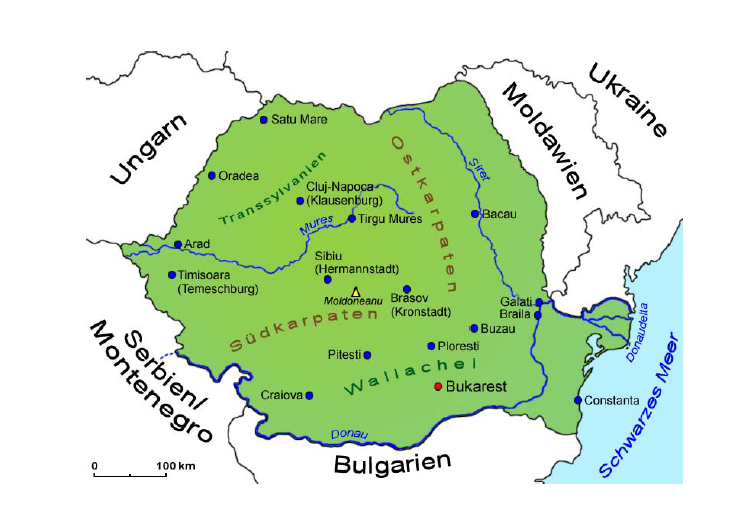
Before we set off on our actively organized vacation, with questions and various plans in our luggage, Heinz Grill shared some valuable thoughts with us. That we could face the people and phenomena of the country with awareness and research what the originality of this country is and how Romania can achieve its originality. Moved in this way, we began our journey by plane to Bucharest.
What were the first encounters like?
We arrived at the hotel in the early evening. It was January and not exactly a typical vacation time for Romania, so we were initially the only guests. We received a friendly welcome and our question as to whether it would be possible to take a refreshing dip in the adjacent lake, Lake Herastrau, in the morning was amusedly answered in the negative. It was too cold and the water was unfortunately not clean enough.
A pinch of humor also met us again at breakfast, where not only the breakfast staff smiled at us.
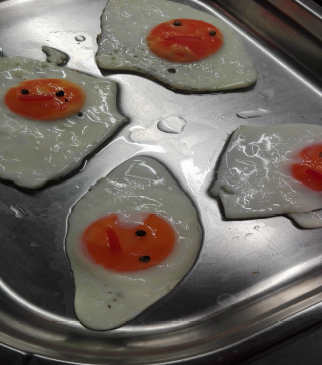
We had planned certain activities and excursions for each day. It was amazing how easy it was to find a consensus among the nine of us. This was certainly due to the fact that we were all determined not to pursue our personal preferences and emotions first and foremost, but knew from experience that it makes sense to organize the days actively, purposefully and rhythmically. We were full of joy about this journey and its possibilities. And precisely because we were aware that we were not traveling for our well-being, but to get to know and build up our host country, this made our plans easier and more enjoyable. Every morning began with an hour of yoga practice, followed by time outside in nature to observe the light and certain natural phenomena. Walks and hikes were also always on the program. Although the weather wasn’t forecast to be good every day, we were accompanied by good weather and sunshine throughout our trip. The light conditions were impressive, whether in the city center of Bucharest, in the southern Carpathians or in Constanta on the Black Sea.
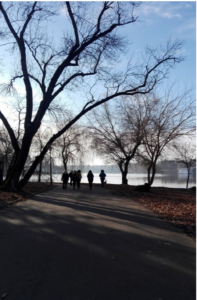
Morning atmosphere at Lacu Herastrau
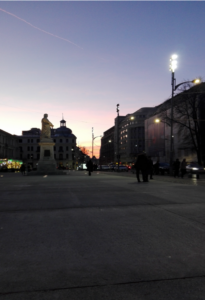
Evening atmosphere in Bucharest
When I recall the human encounters after this trip, the most obvious thing is that the Romanians were accommodating, friendly and helpful, but by no means intrusive. We were able to experience a calm, rather modest attitude, rarely marked by hecticness or stress, throughout the days.
Our visit to the fruit and vegetable market in Bucharest was particularly impressive. There we had decided – unobtrusively, of course – to start by observing the hustle and bustle, the stalls, the fruit and vegetables on display and to notice how the market people relate and interact with their customers and goods. The special care taken in arranging and cleaning the vegetables and in their presentation was striking. I could clearly see the appreciation of the producers for their goods and again a great, natural calm that emanated from many of the market people. The piles of quinces, the mountains of pitted walnuts and the garlic bulbs woven into elaborate strands were beautiful to behold.
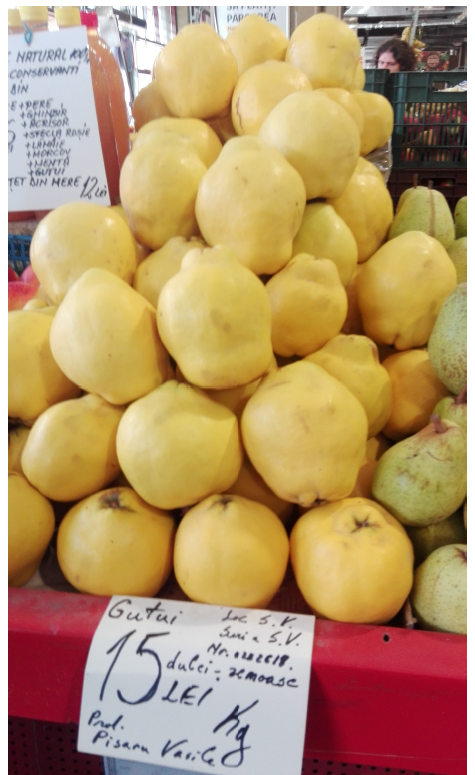
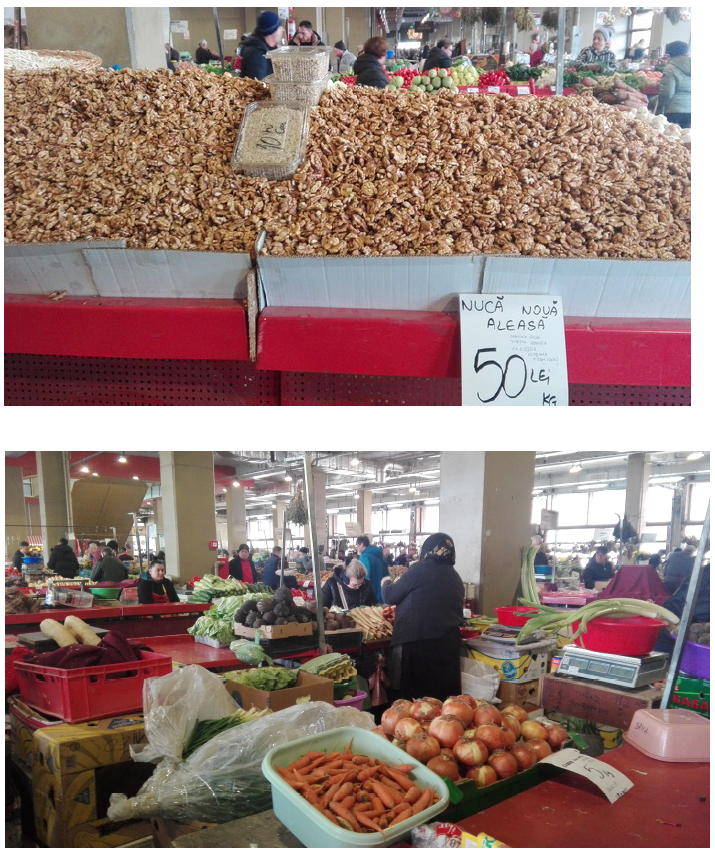
Obviously, a viewing exercise such as the one we carried out leads to a further revitalization of the place, the lighting conditions and the sphere of relationships, which became perceptible to us all.
Encounters were easy and informal on our trip. Be it with the hotel staff, with people in the park, in cafés, at the market or in restaurants. Whenever the opportunity arose to talk about our purpose for this trip, about our interest in how people in Romania are doing and what moves them, we were met with great joy. “What, you’re coming here, to Bucharest? From there, from paradise on Lake Garda…”
Our interested approach led to sincere and mutual appreciation.
As far as Romanian cuisine is concerned, we had the opportunity to try Romanian dishes every evening. It is not difficult to get vegetarian dishes in the restaurants. Bean stew, polenta, salads, vegetable dishes and soups are part of this cuisine. We noticed that there were fewer cereals on the table and instead lots of vegetables and fresh salads. These were all very well prepared and wholesome.
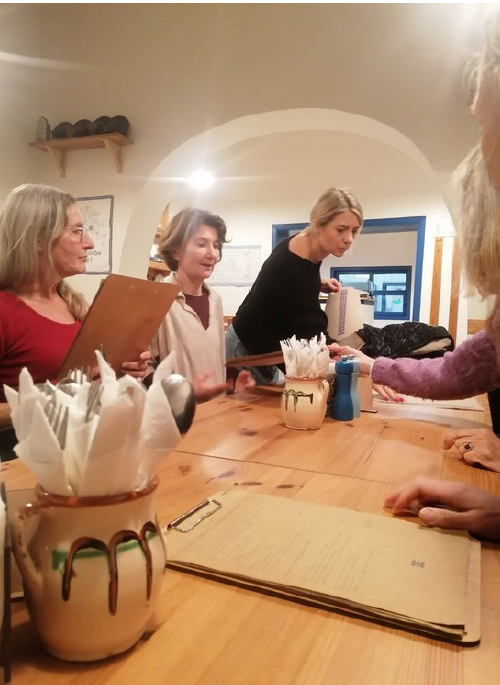
We immediately liked the “Old Kitchen” in Bucharest with its simple and cozy interior. It is run by a married couple who told us that they had now put in eight years of hard work and could feel the first signs of growth. We saw that these people really work hard and run their small restaurant with a great sense of honor.
The experience of nature
I have already mentioned that light observations were made by us once or twice a day. In this photo we are in the southern Carpathians with a view of the forest and snow-covered mountain peaks.
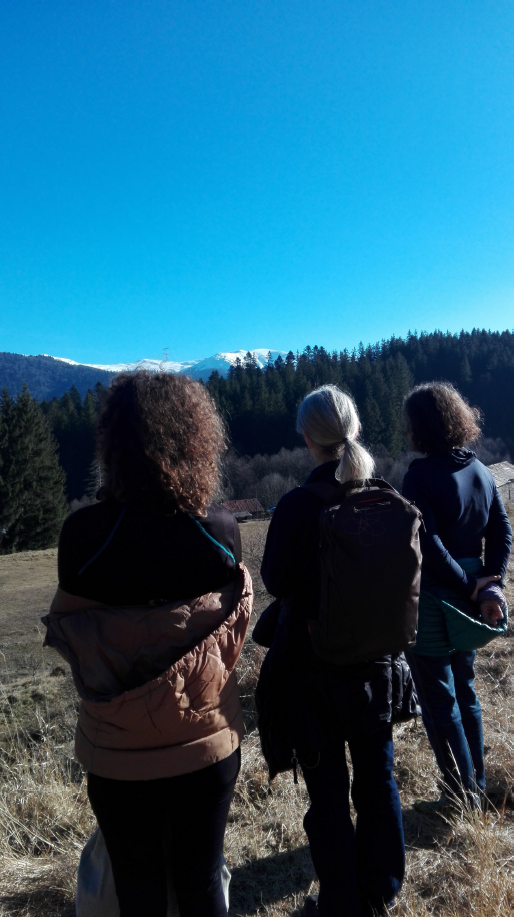
As described at the beginning, our aim was to approach the country, its people and its nature with awareness. An observation of landscape and light is always objective. As an observer, I do not indulge in the beautiful sights, but look at a section of the landscape for five to ten minutes. I can ask myself questions such as “What is the effect of the light in the forest zone? How does it look on the mountain peaks?” or “How does the landscape look, is it vividly approaching or more withdrawn?” Here we are practicing one of several soul or awareness exercises that Heinz Grill has described in his book “Exercises for the Soul” in a clear and practical way. Such exercises lead to a lifting of the atmosphere on the one hand, and to a centering and calming of the person observing them on the other.
After a trip to the mountains, the next day we took a three-hour drive to the Black Sea in the city of Constanta. The beach was understandably deserted in early January, but you can imagine how tourism blossoms here in summer. The sight of the sea is always uplifting, we practiced yoga exercises on the beach and dived briefly into the cold water.
The architecture in Bucharest
Personally, I found the first walk through the city slightly confusing. In no other country have I encountered so many different architectural styles side by side and sometimes on top of each other.
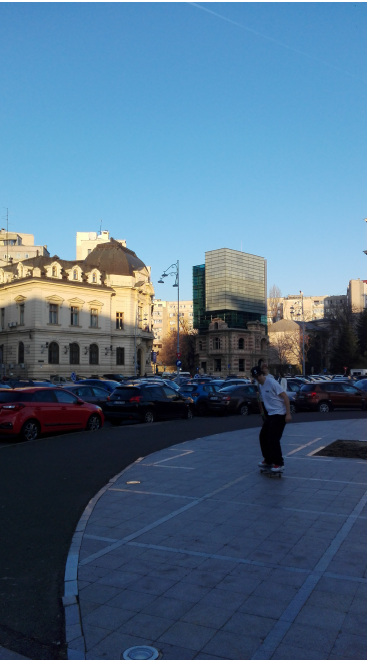
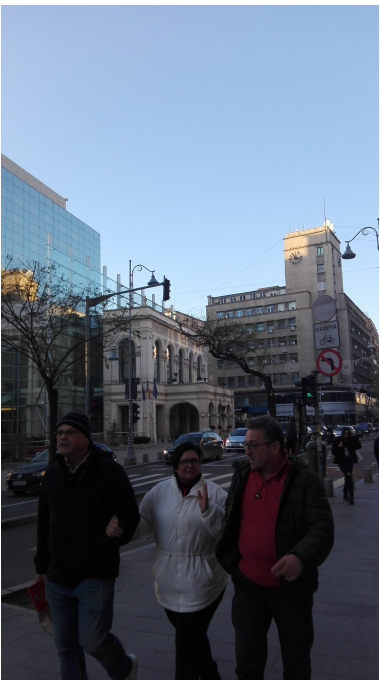
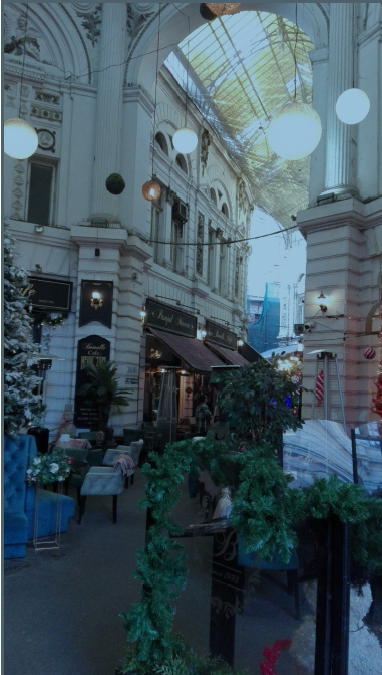
“Bucharest underwent its most significant transformation in the interwar period, during the reign of Charles II, between 1930 and 1940. Sorin Vasilescu is a professor at the Bucharest University of Architecture and Urban Planning, Ion Mincu. He reports that the architecture of the interwar period in Bucharest was always closely linked to the royal family…Art Nouveau had the strongest influence on Bucharest architecture. The so-called state architecture, the fascist architecture from Italy and, towards the end of the 1920s and in the 1930s, the North American Art Noveau style are also represented. In Romanian architecture, however, Art Nouveau ushered in modernism….The influence of tradition was no less important when a modern Romanian style emerged in Bucharest architecture. This was the neo-Romanian style, explains Sorin Vasilescu. …In the interwar period, architecture in Bucharest achieved a high degree of integration of Western ideas and innovation. Despite the rather unfortunate changes after 1945, the Romanian capital still bears the signature of the architects from the time of the monarchy.”
Ceausescu (1918 – 1989) also exerted his influence. He razed a fifth of Bucharest’s old town to the ground and 40,000 Bucharest residents were forcibly resettled so that the “House of the People” could be built, as Ceausescu called it, a gigantic building as an expression of his political power.
We didn’t always go on our explorations in groups of nine; we found it useful and centering to split up into small groups from time to time and pursue a specific topic. One day, for example, three of us chose to look at architecture, others went in search of original crafts or original art and still others devoted themselves to Romanian baking with visits to bakeries.
Our group of architecture enthusiasts visited the “Athenaeum” and a bookshop with a café, which had been architecturally redesigned in a very appealing and light-flooded way.
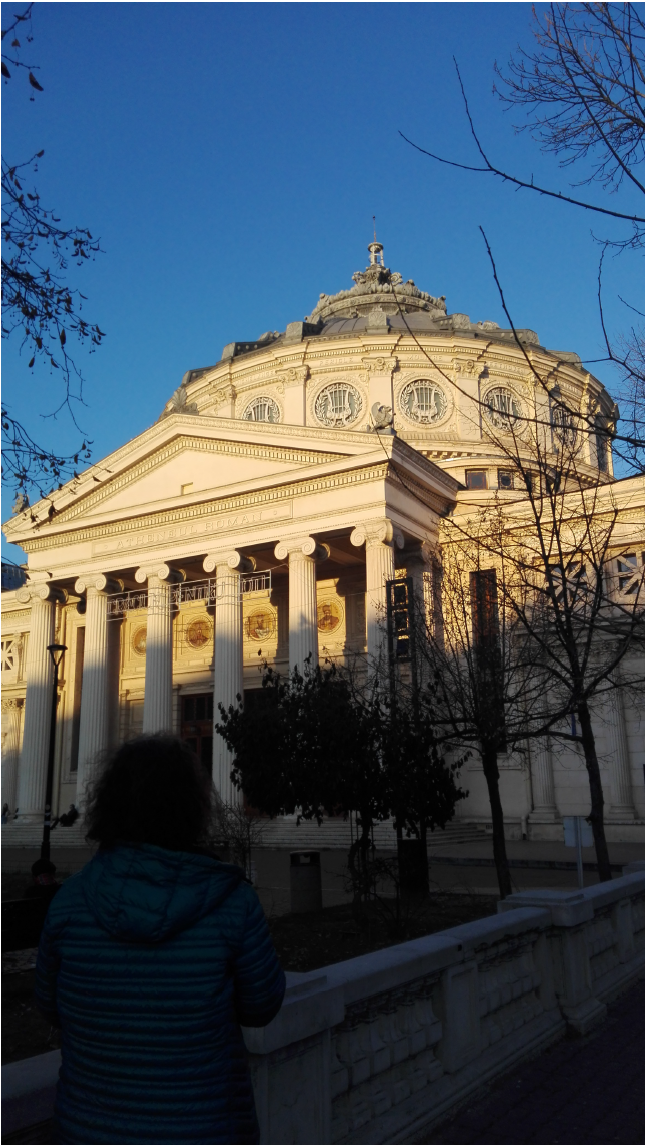
The Athenaeum was built in 1885, had changing purposes and is now home to the Bucharest Philharmonic Orchestra.
A calm contemplation of these harmonious, rich and sublime architectural forms has a stimulating and at the same time centering effect on the soul of the observer.
And a few more comments on the country’s economy and politics
In various encounters, Romanians also commented on these topics. At a joint dinner, Daniel, a lawyer who works in a large bank, responded to our questions in a friendly manner and described his view of his home country. He said he was in favor of being in the EU, what should we have against this membership, since Romania (as of 2023) received around 8 billion in subsidies and only has to pay 2 billion to the EU? Yes, there are also poor people in the country, but they are not excluded, they are well integrated into Romanian society. Overall, he believes Romania is on the right track.
Another spontaneous acquaintance, Patrick, painted a different picture. Unfortunately, Romanians are told that their products are worth less than products from other European countries, in the sense that Romanian wine and Romanian cheese are of lower quality than French wine, for example. He himself also complained that Romania had no real say in the EU and could not veto some decisions. “Under the umbrella of progress, the country goes down.” This was his perception of Romania. He would welcome a political change that would give Romania a better standing within Europe.
We also made the acquaintance of Aleksandra, a cosmopolitan and emancipated woman, who told us that the worst thing for her would be if communism returned. She had experienced the time under Ceausescu and never wanted to go through that again. Finally, we met people on the plane and one of our colleagues had a very informative conversation with a young Romanian father on the return flight. He himself works in Germany, but would like to return to his country in the future, but at the moment the earnings in the Romanian countryside are too low for a family. He said that a government is needed that thinks for the people and takes action against corruption in its own country. After all, you can’t run a company or a business without giving bribes, and no doctor can provide proper treatment without receiving such a “subsidy”. He himself would support a presidency by Calin Georgescu, as he is committed to the values of the country and its sovereignty.
The economic and political situation is complex. Calin Georgescu, whose first round of elections in November 2024, in which he won the majority of votes, was unceremoniously annulled by the Constitutional Court – something that was hardly mentioned in the German media – wants to work to stop the sell-off of Romanian land to foreign investors, among other things. He is also in favor of natural relations with Russia and a greater right of co-determination for Romanians within the EU. The next elections are scheduled for May 2025.
Here is another original election advertising video by Georgescu.
Our water experience and what is a sacrifice?
To conclude this travelogue, I would like to mention two more experiences, one cheerful and one insightful.
We had planned to consciously encounter cold water every day, which in our experience has a revitalizing effect on the whole body and the psyche. However, these plans were not very successful. After our Lacu Herastrau near the hotel in Bucharest proved unsuitable for bathing, our next destination was a waterfall in the Carpathian Mountains. But as beautiful as the waterfall was, it was surrounded by a thick, constricting and uninviting concrete wall at the bottom. We didn’t give up that easily and a colleague found out about a lake on the outskirts of Bucharest. Once we got there, it was a lively place, which amused us greatly. Finally, on one day, our efforts were successful, at the Black Sea, which did not disappoint us: it was there, it was wide and its water was clear and extremely refreshingly cold.
The trip to Romania, which still moves us today and whose impressions remain with us vividly, has anchored a realization even deeper in us. When I travel to a country with a sincere desire for development, good encounters, the promotion of peace and sympathy for the population, then my own person with its habits, needs and idiosyncrasies fades into the background. The active participation in another country with the effort for objective perception becomes a gift to this country or, in other words, it is a joyful sacrifice, not heavy and burdensome, but like a ballast that falls away for the sake of construction. The desire for Romania to regain its strength and self-determination, for every single inhabitant to become aware of the wealth and opportunities of their country, to learn to appreciate them once again and to help build the country in a free and economically successful sense, has been in our hearts ever since and will continue to accompany the future development of Romania.
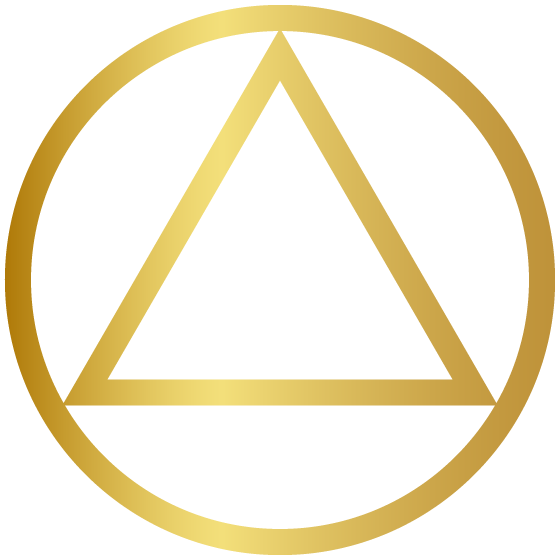

0 Comments